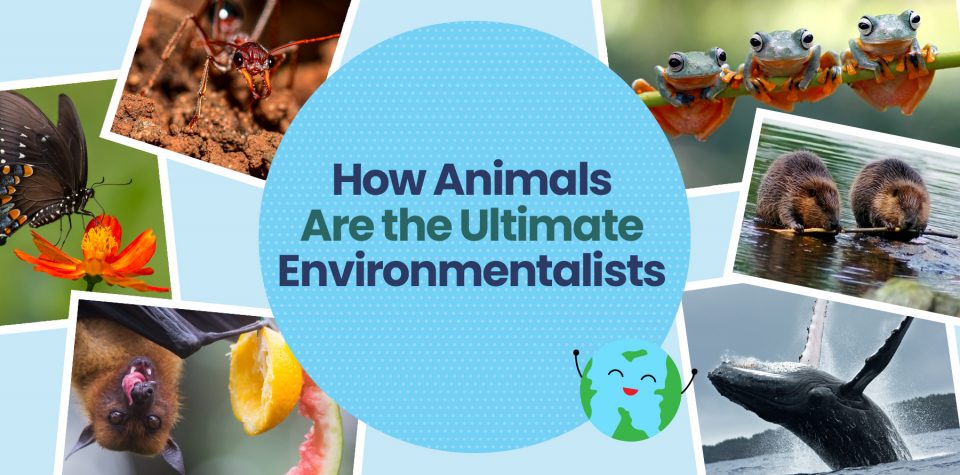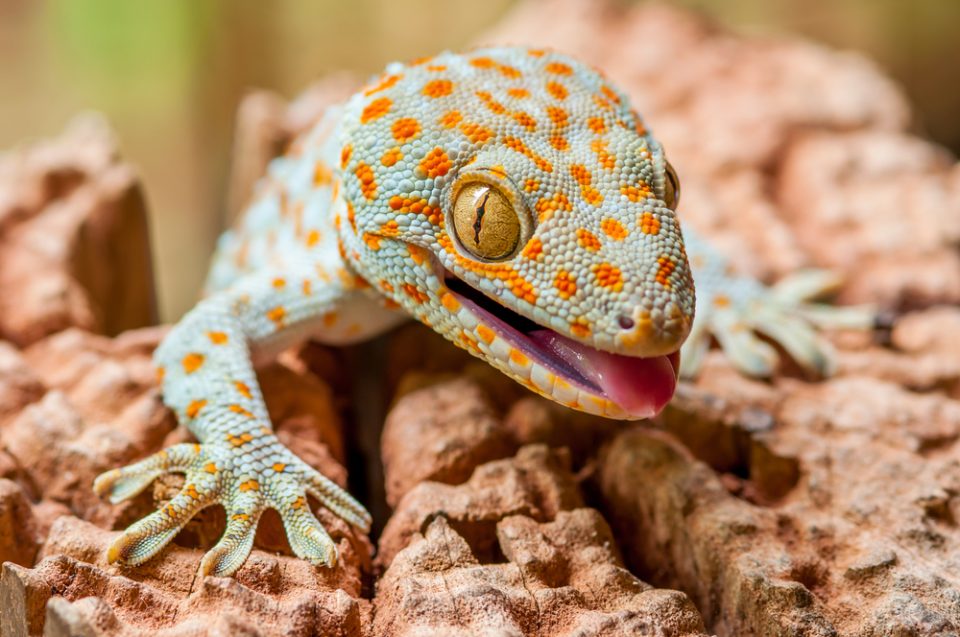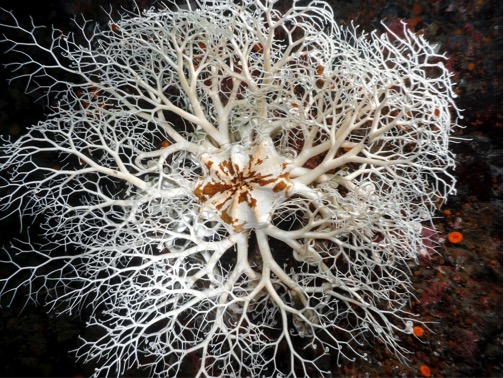
Animal Facts for Kids
With around 7.7 million species of animals in the world, the vast majority of which have never been cataloged by scientists, we’ll never run out of animal facts for kids. And that’s great, because the fascinating things animals do are incredible for igniting kids’ curiosity!
From ants and termites chomping through debris to help ecosystems regenerate, to wood frogs freezing solid in winter so their young can avoid predators, there’s so much to learn. Check out our favorite animal facts for kids on this page, then use the links to dig deeper into the amazing adaptions of the animal world.
Hibernation Facts for Kids
- Wood frogs, found in North America, freeze solid every winter, then come back to life in the spring! This helps them wake up from hibernation sooner than other frogs and lay their eggs before predators are active.
- The Roman snail, found in Europe, covers the entrance to its shell with a limestone shield to block out winter cold.
- The Ussurian tube-nosed bat of Japan burrows into the snow to sleep through the winter! It may be because the snow maintains a stable, survivable temperature and protects them from predators.
How Animals Are the Ultimate Environmentalists

- The tunnels that ants dig in the soil recycle nutrients and introduce air, keeping soil healthier.
- Beaver dams naturally regulate the flow of water, limiting flooding during heavy rains and storing water in ponds that keeps ecosystems healthy during droughts.
- The nitrogen in whale poop helps algae grow, producing oxygen for Earth’s atmosphere!
Asian Lizard Facts for Kids

- The draco lizard, which lives in Southeast Asia, flies! Skin folds between its ribs fan out and act as wings so it can glide between trees to avoid predators.
- Indonesia’s Komodo dragons are huge—up to 10 feet long! They’ve been known to eat large mammals, including water buffalo.
- The sailfin lizard of the Philippines has special adaptations, like flat toes, to help it run on the surface of water!
Deep Sea Animal Facts for Kids

- The basket star of the Mariana Trench grows a tangled nest of arms up to three feet long to snare its prey. It looks like an underwater tumbleweed!
- The Pacific Ocean’s tiny, graceful Dumbo octopus uses two earlike appendages to swim at depths of up to 13,000 feet.
- The goblin shark has a special superpower—it finds prey in the dark ocean depths with special organs called ampullae of Lorenzini. These tiny pores, linked together by canals filled with a jellylike substance, are so sensitive they can detect tiny electric fields created when a nearby prey animal’s muscles contract.
Did you enjoy these animal facts for kids? Little Passports has a lot more great animal content. Check out our animal activities for kids to find recipes, printables, animal jokes, and more!


